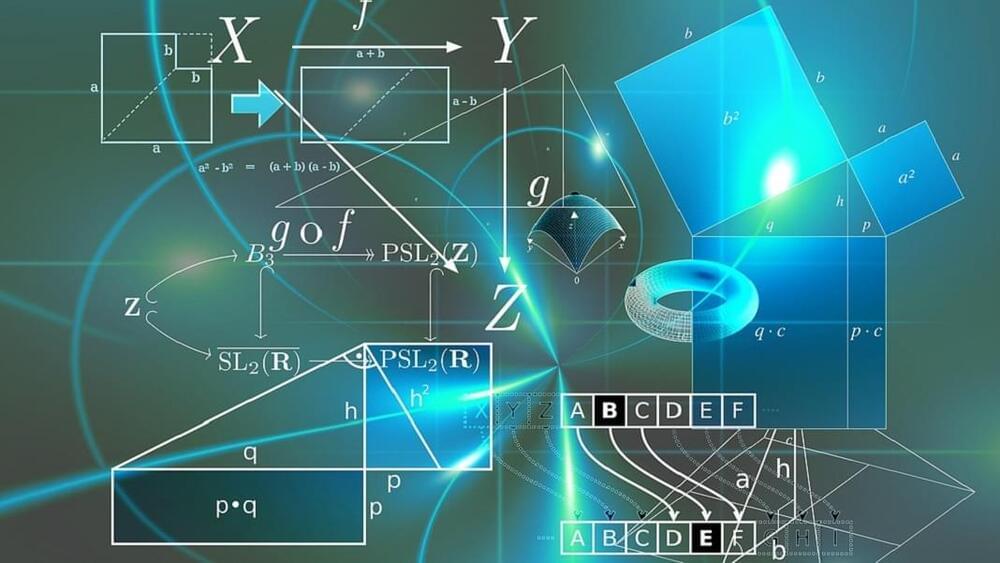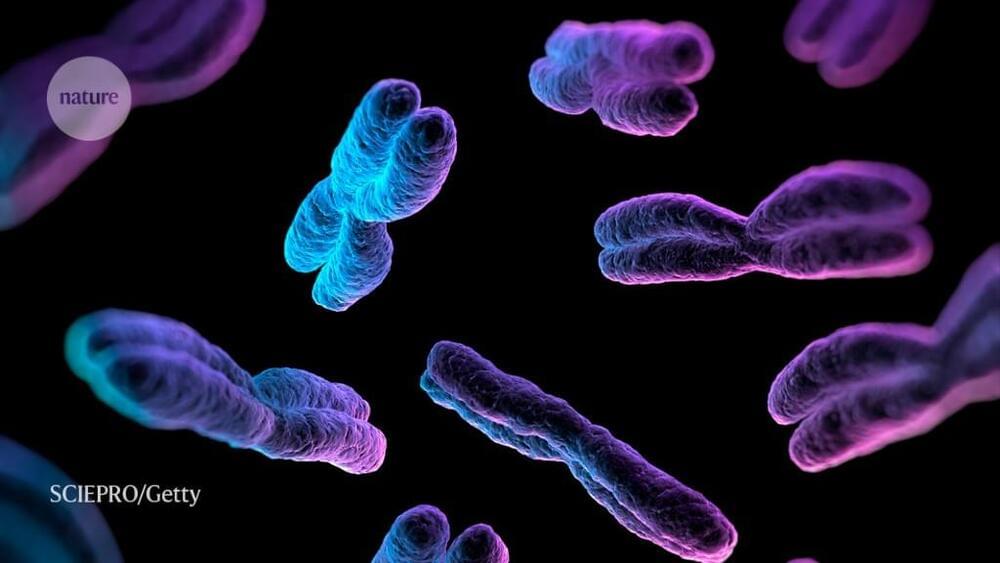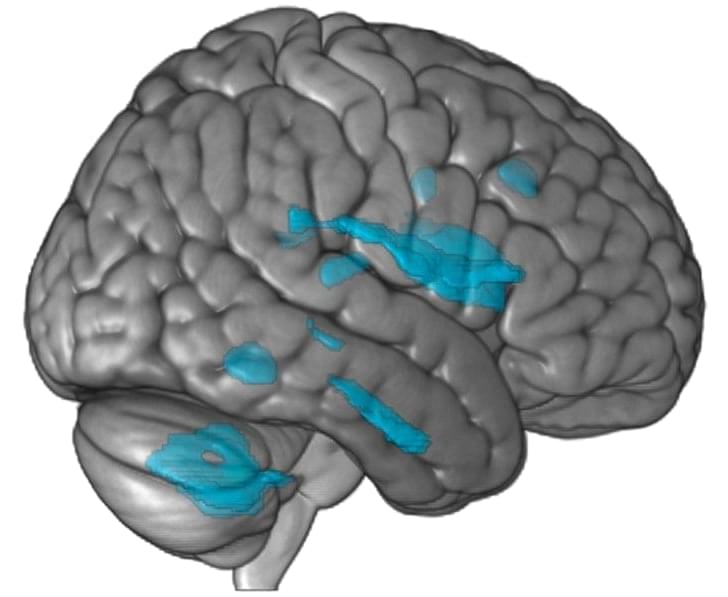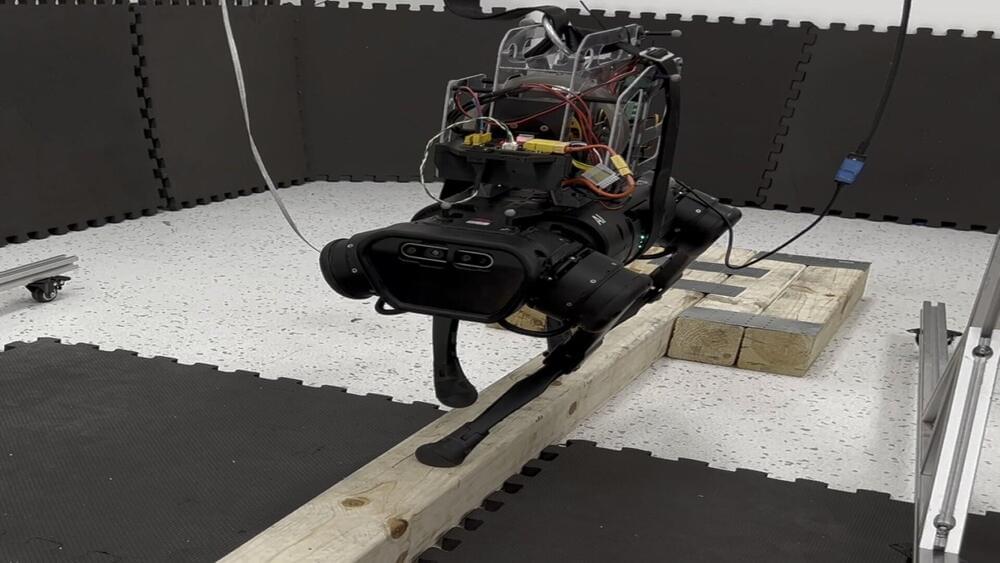Scientists said it allowed them to evaluate a greater number of hypotheses, along with the number of ways that scientists could make subtle changes to the experimental set-up. This had the effect of boosting the volume of data that needed checking, standardizing, and sharing.
Also, robots needed to be “trained” in performing experiments previously carried out manually. Humans, too, needed to develop new skills for preparing, repairing, and supervising robots. This was done to ensure there were no errors in the scientific process.
Scientific work is often judged on output such as peer-reviewed publications and grants. However, the time taken to clean, troubleshoot, and supervise automated systems competes with the tasks traditionally rewarded in science. These less valued tasks may also be largely invisible—particularly because managers are the ones who would be unaware of mundane work due to not spending as much time in the lab.






